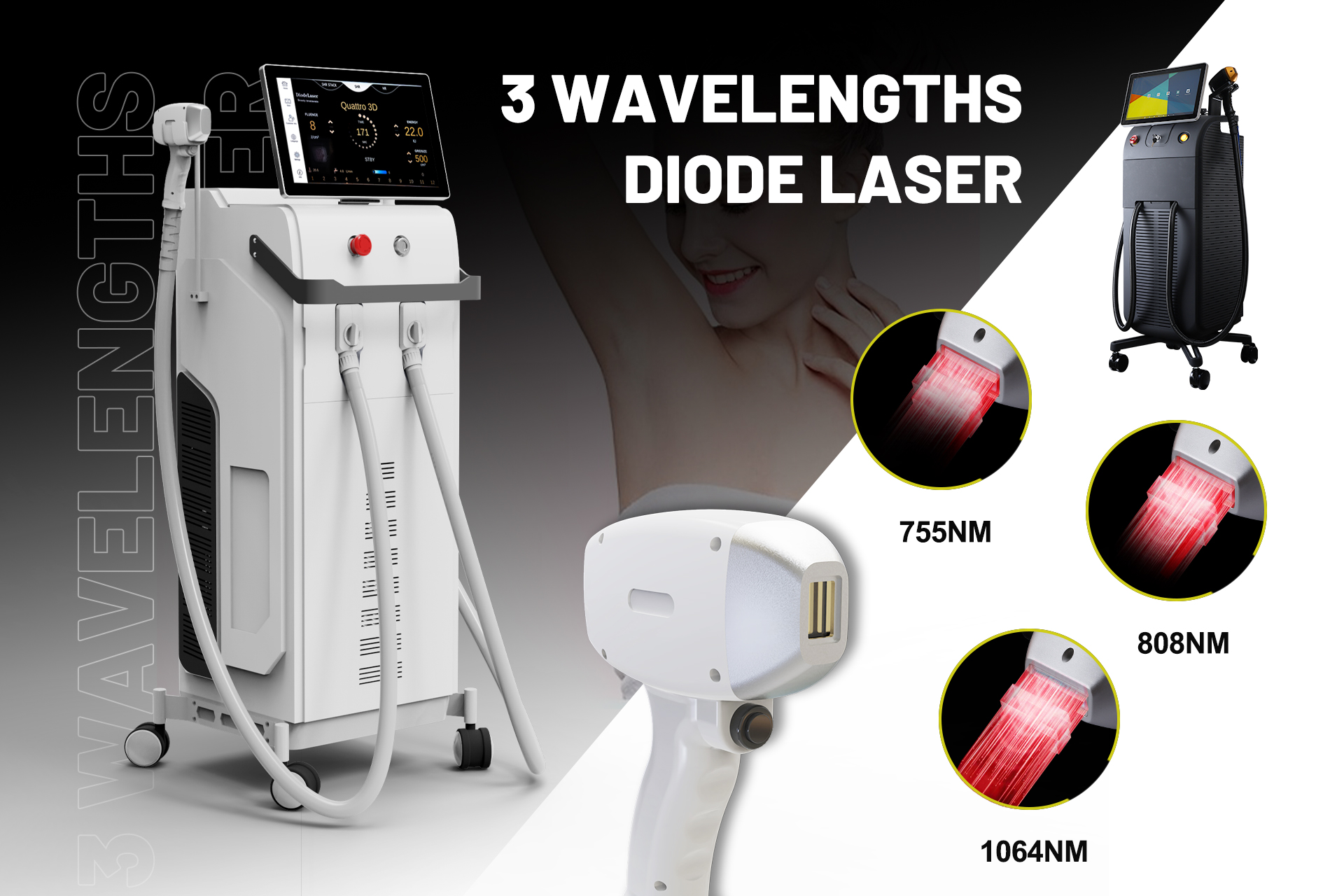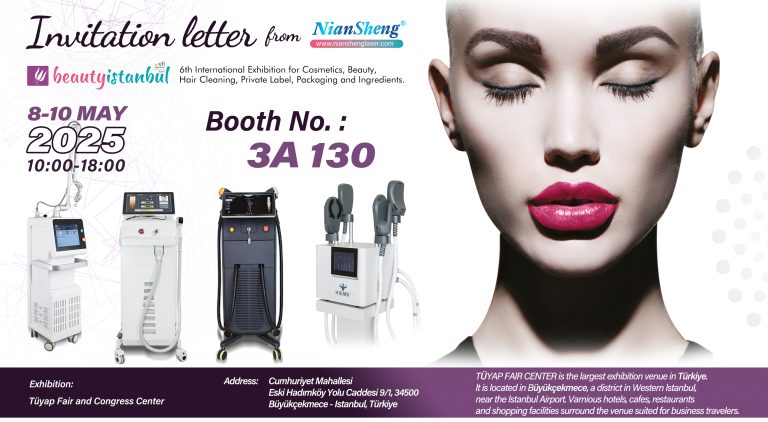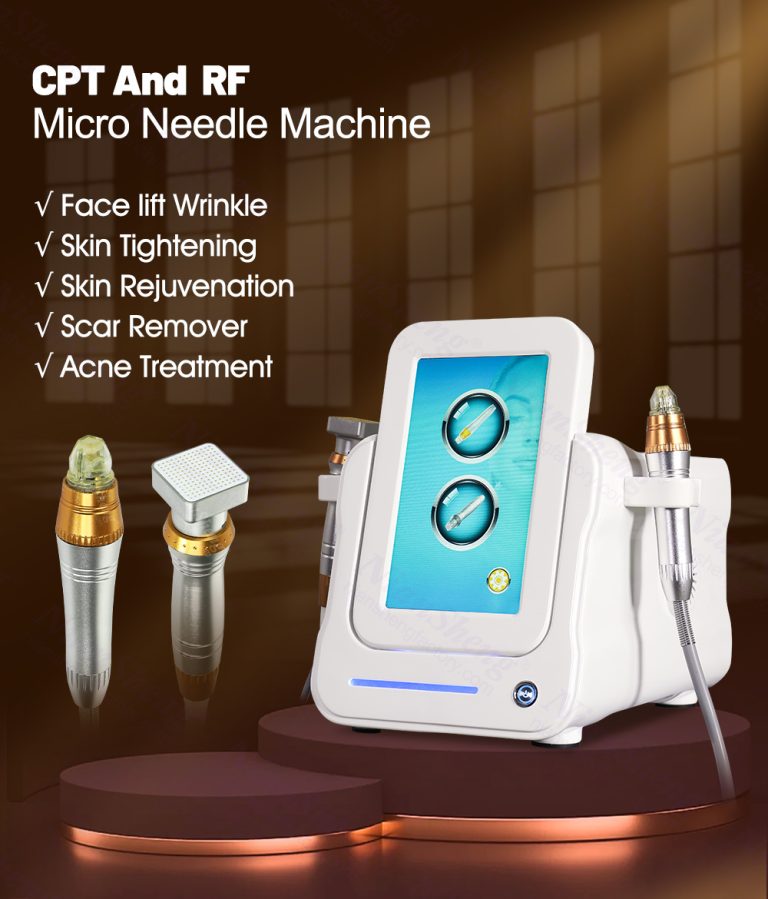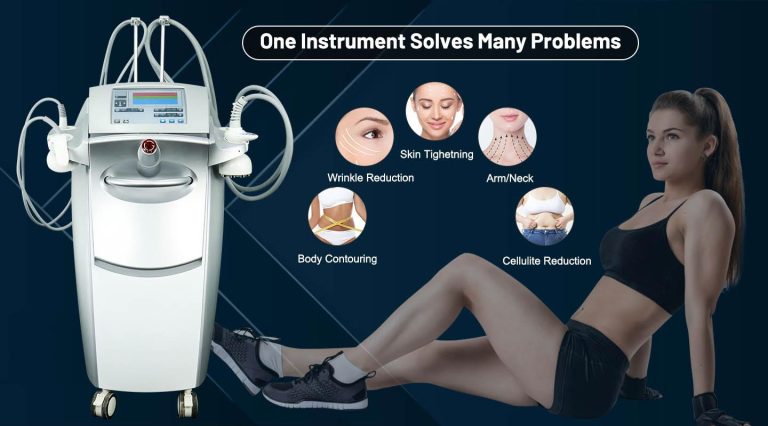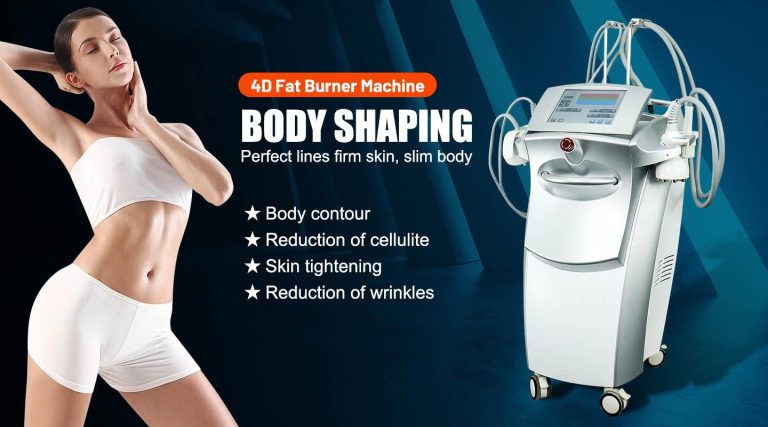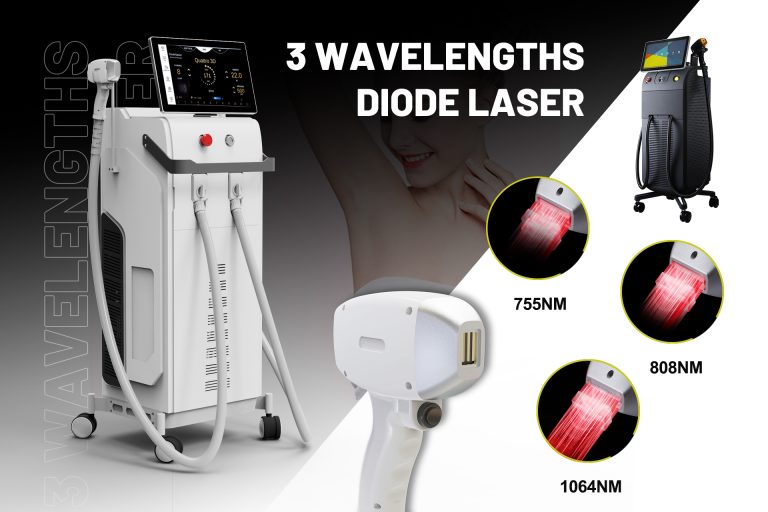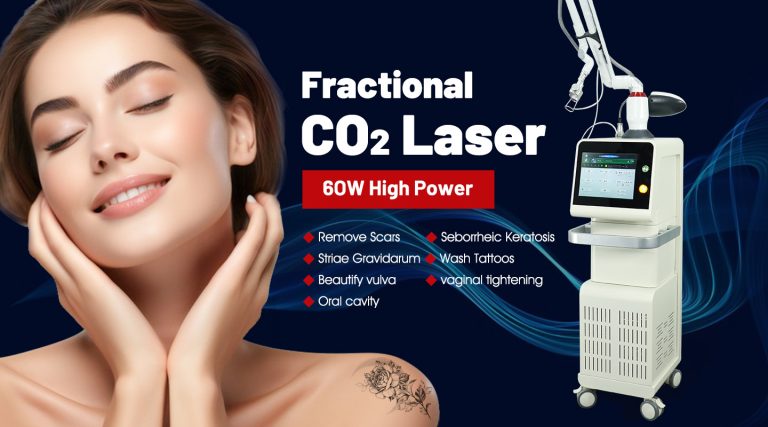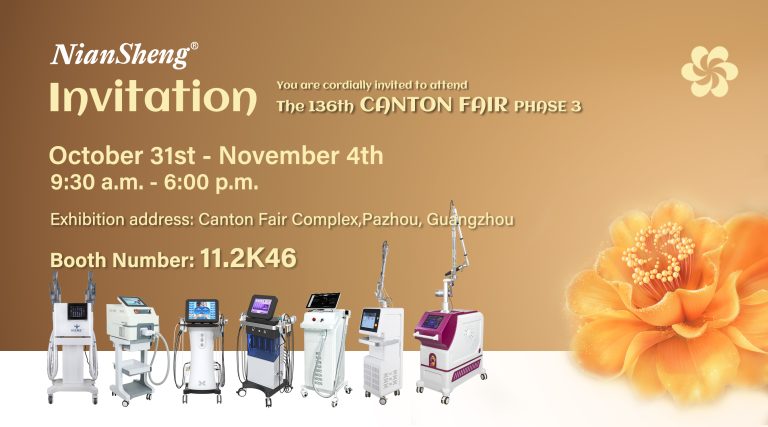Diode laser hair removal has gained popularity as a long-term result for unwanted hair. While it offers significant hair reduction, numerous wonder whether hair will regrow after the treatment. This article explores how diode laser hair removal works, the factors that influence hair regrowth, the role of the hair growth cycle, and whether complete hair removal is possible.
Understanding Diode Laser Hair Removal
Diode laser hair removal works by targeting the melanin (pigment) in the hair follicles. The laser emits a concentrated light ray that heats and damages the hair root, delaying or precluding hair regrowth. This system is effective because it precisely focuses on the hair follicle, minimizing damage to the girding skin. Diode lasers generally operate at a wavelength of 800- 810 nanometers, making them protean for colorful skin types.
One major advantage of diode lasers over other hair removal methods, such as Intense Pulsed Light (IPL), is that diode lasers use a single, focused wavelength. This recision enables further effective treatment, particularly for darker, coarser hair. still, it’s essential to understand that diode laser hair removal isn’t a one- time treatment. Multiple sessions are needed to target hair in different phases of its growth cycle, ensuring long- lasting results.
Factors Influencing Hair Regrowth After Diode Laser Treatment
Several factors can impact whether hair regrowth occurs after diode laser treatment, including:
Hair and Skin Type
Dark, coarse hair generally responds stylish to diode laser treatment because the laser targets melanin in the hair follicle. Individualities with light or fine hair may not witness the same effectiveness, as their hair lacks sufficient melanin for the laser to effectively destroy the follicle. also, those with lighter skin and darker hair frequently see better results due to the discrepancy between the two, allowing the laser to concentrate more directly on the hair.
Hormonal Imbalances
Hormonal oscillations can contribute to hair regrowth indeed after diodelaser treatment. Conditions like polycystic ovary pattern( PCOS) or gestation may spark new hair growth, as hormonal changes can spark preliminary dormant hair follicles. This is why some individuals bear fresh conservation treatments, especially for areas prone to hormonal influence.
Treatment Quality and Frequency
The effectiveness of the treatment also depends on the quality of the laser equipment and the expertise of the operator. Well-calibrated lasers and experienced professionals are pivotal to achieving long- lasting results. It’s also important to follow the recommended number of sessions, generally spaced 4- 6 weeks piecemeal, as missing treatments or using lower- quality machine can lead to deficient results and an increased liability of hair regrowth.
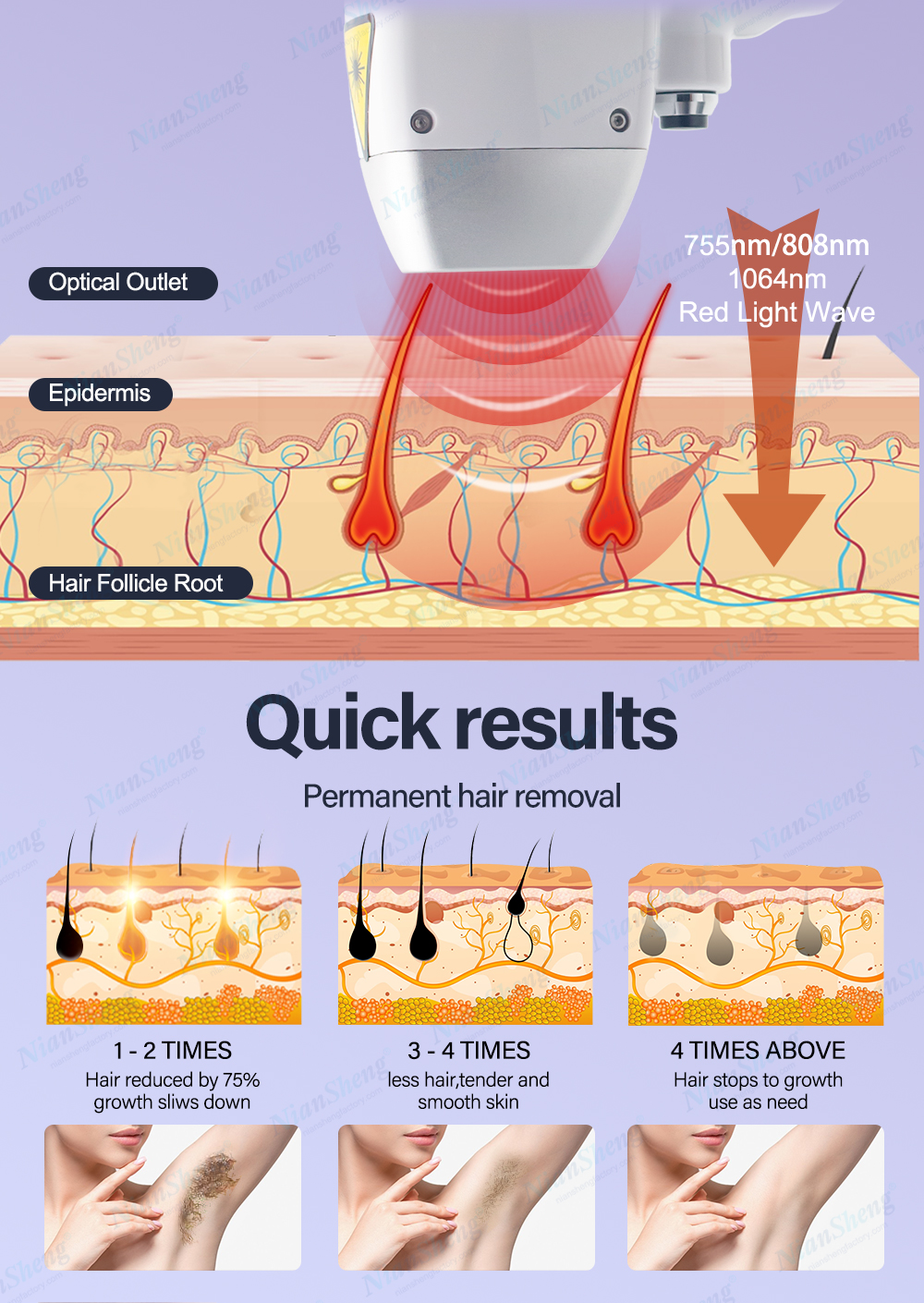
The Science of the Hair Growth Cycle
Understanding the hair growth cycle is essential to grasp why multiple diode laser treatments are necessary. The hair growth cycle consists of three main phases: anagen( growth), catagen( transition), and telogen( resting). Laser hair removal is most effective during the anagen phase when the hair is actively growing.
Anagen Phase
During this phase, hair is attached to the follicle and is actively growing. This is the ideal time for diode laser treatment, as the laser can target the melanin within the follicle, damaging the hair root.
Catagen Phase
In this brief transitional phase, the hair detaches from the follicle, and the follicle begins to shrink. The laser is less effective during this phase because the hair is no longer connected to the follicle.
Telogen Phase
The resting phase occurs when hair growth is temporarily inactive. Since no melanin is present in the follicle during this phase, the laser cannot target the hair effectively, making treatment during this time less productive.
Because hair in a given area is in different stages of the growth cycle, multiple sessions are needed to target all follicles effectively during their anagen phase.
Potential for Complete Hair Regrowth
While diode laser hair removal significantly reduces hair growth, complete hair removal may not always be possible. Several factors contribute to the potential for hair regrowth:
Prone Areas
Some body areas, similar as the face or neck, may be more susceptible to regrowth due to hormonal influences. For case, the upper lip, chin, or sideburns might show some regrowth indeed after a successful series of treatments. On the other hand, areas with coarser hair, similar as the legs, underarms, or bikini line, tend to respond better to diode laser treatment, with smaller chances of regrowth.
Maintenance Treatments
Indeed after completing the full course of diode laser sessions, conservation treatments may be necessary. Over time, new hair follicles can be stimulated by hormonal changes or natural body processes, leading to some regrowth. Periodic touch-up sessions can help manage any new hair growth and extend the hair-free results.
Conclusion
Diode laser hair removal is an effective, long- term result for reducing unwanted hair. It works by targeting the melanin in hair follicles, delivering precise, safe results with smaller side effects compared to other styles like IPL or electrolysis. still, achieving optimal results requires multiple sessions due to the different stages of the hair growth cycle.
Several factors, similar as hair and skin type, hormonal changes, and the quality of the treatment, can impact whether hair regrowth occurs after diode laser treatment. While some regrowth may be, particularly in areas prone to hormonal oscillations, periodic conservation treatments can help prolong the hair-free results.
Though complete hair removal isn’t guaranteed, diode laser hair removal offers a practical and effective result for significant, long- lasting hair reduction. With proper treatment, care, and follow- up sessions, most individualities can enjoy smooth, hair-free skin for extended periods.
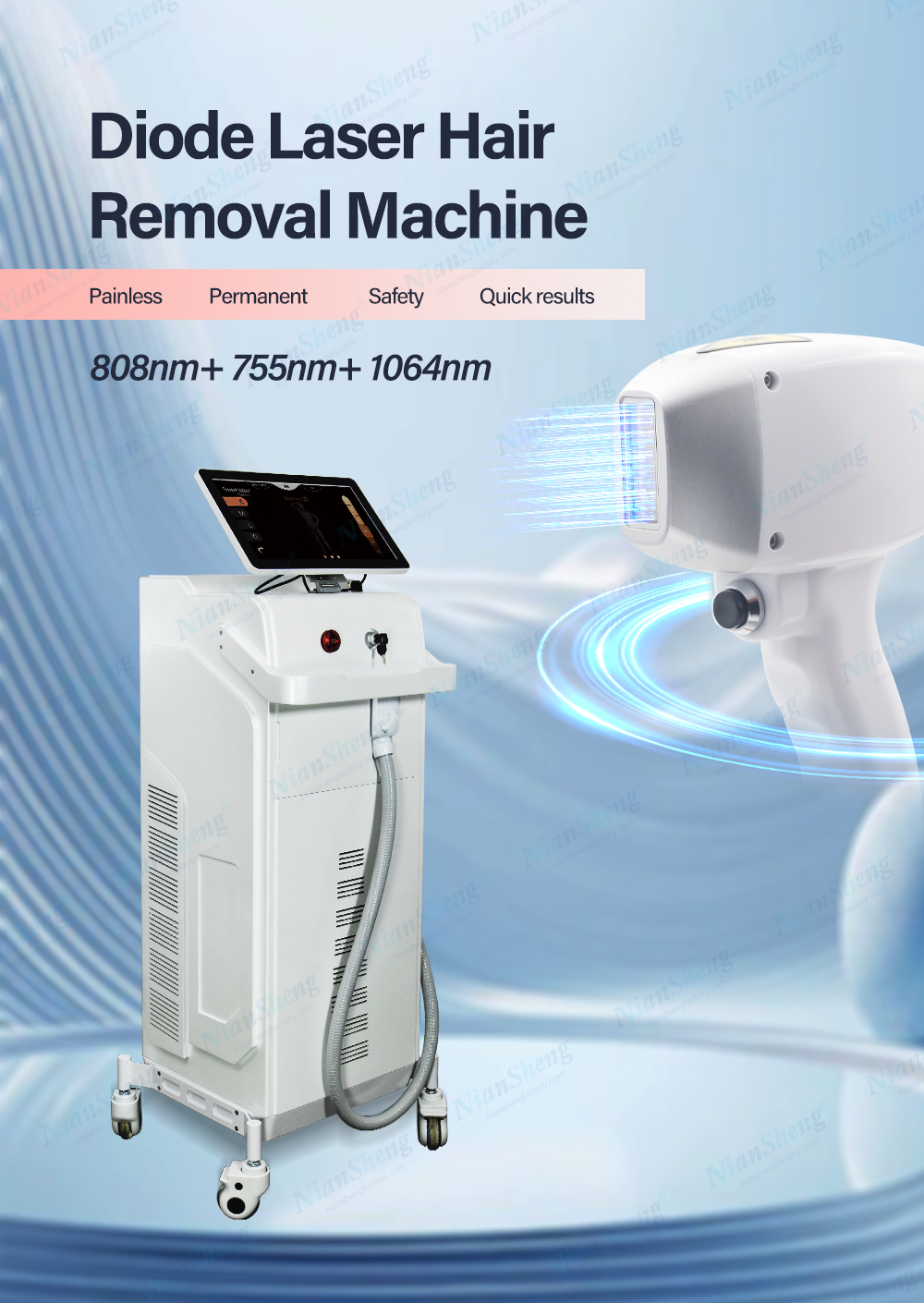


.png)
